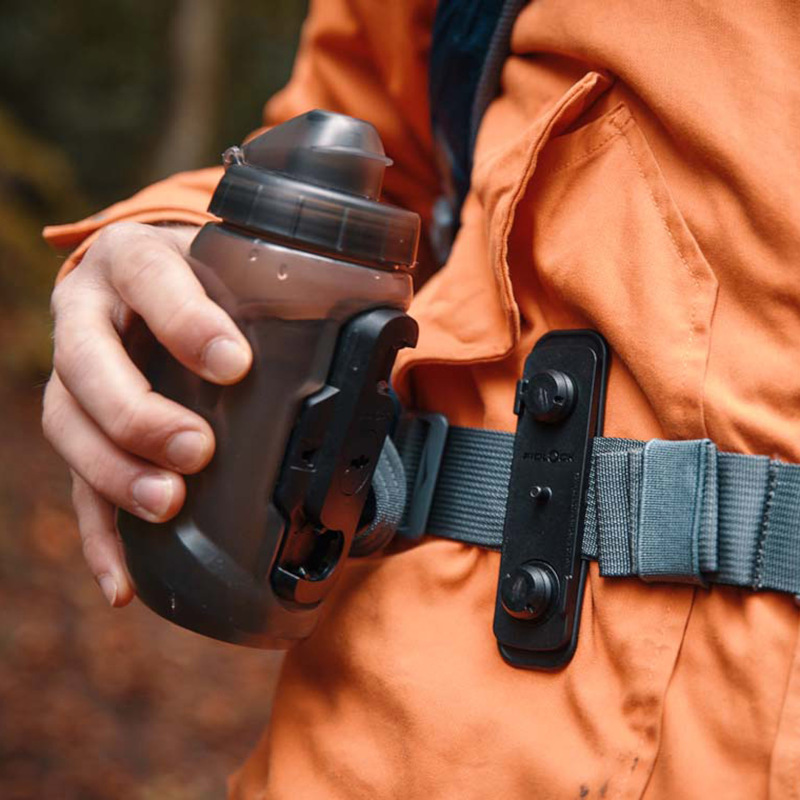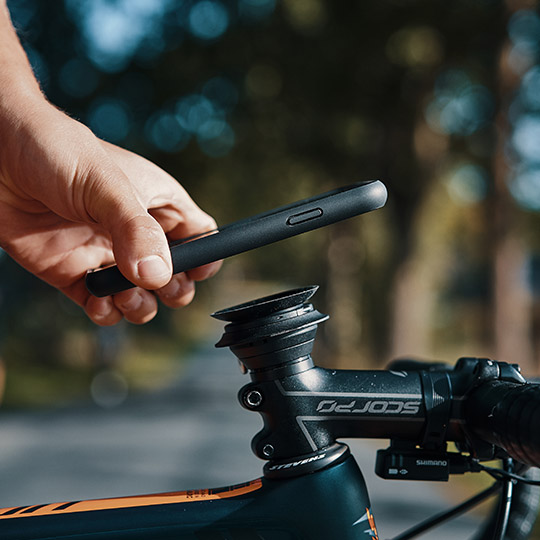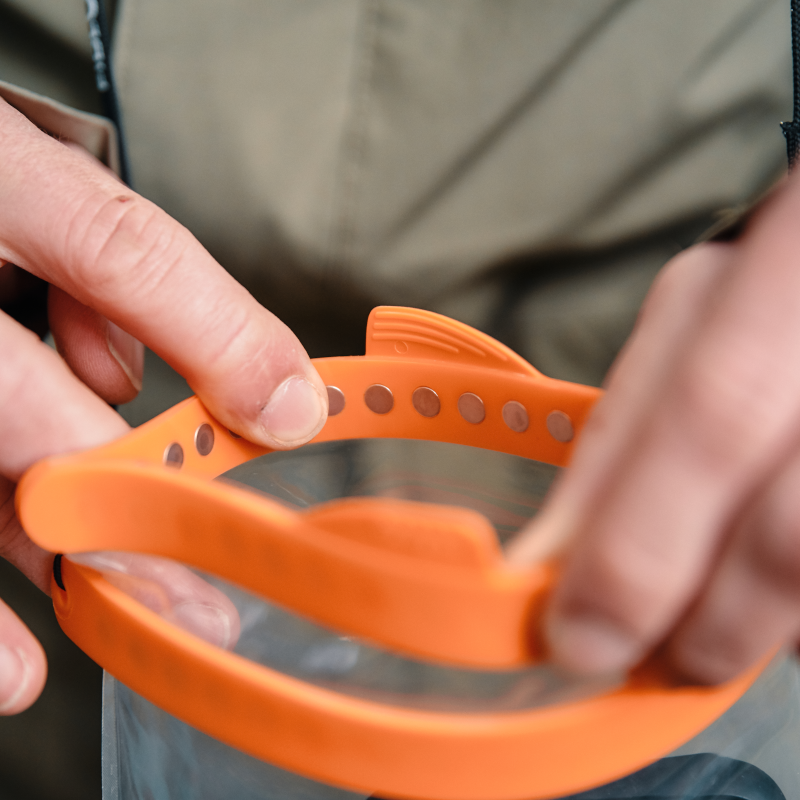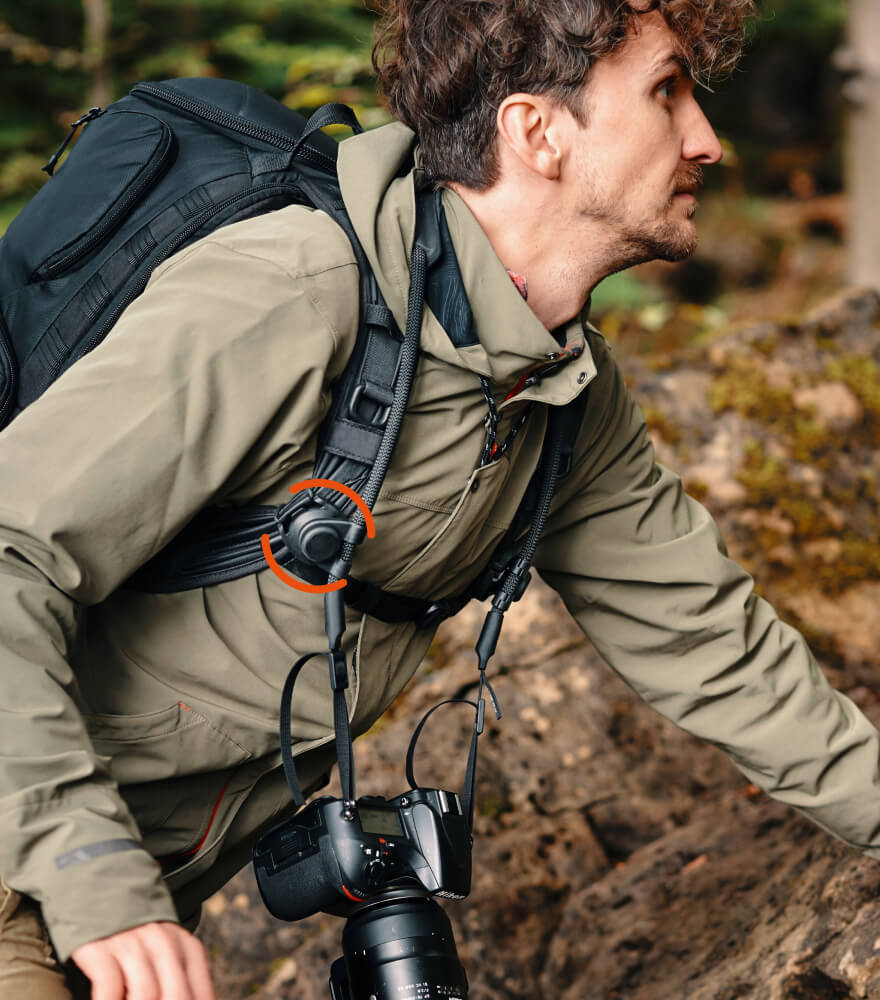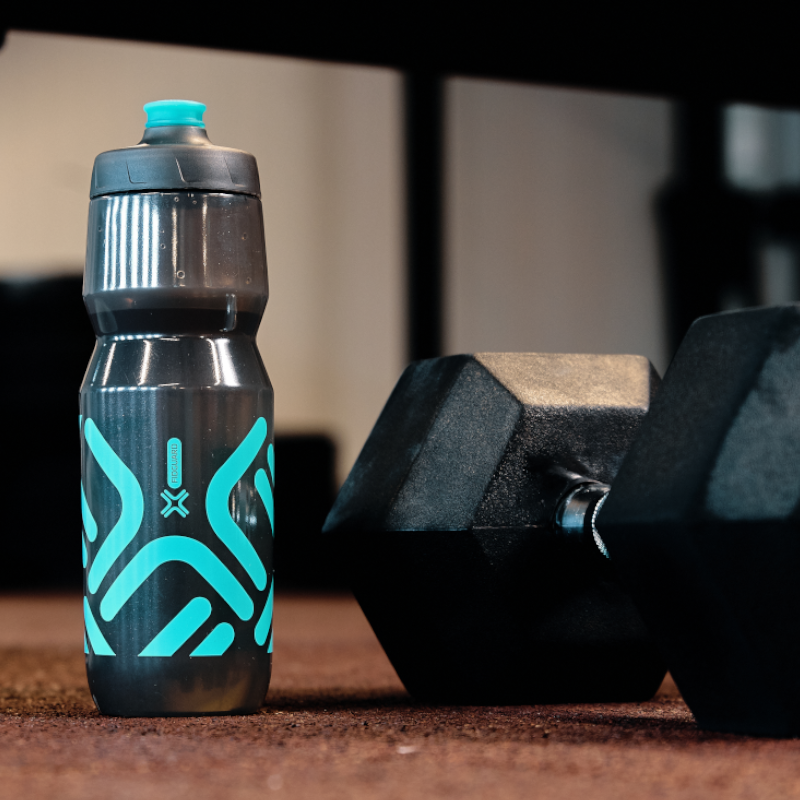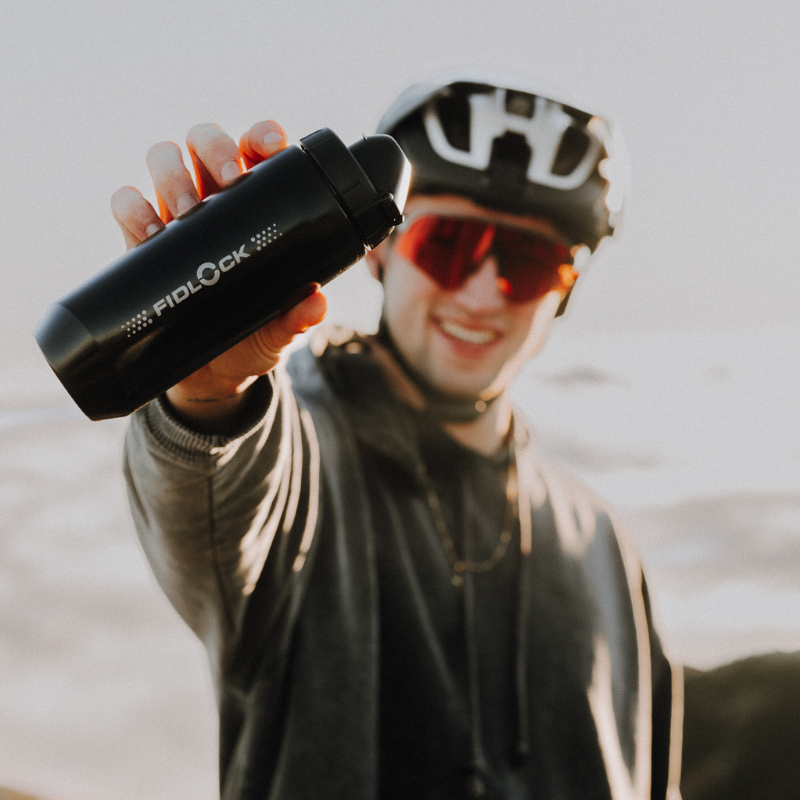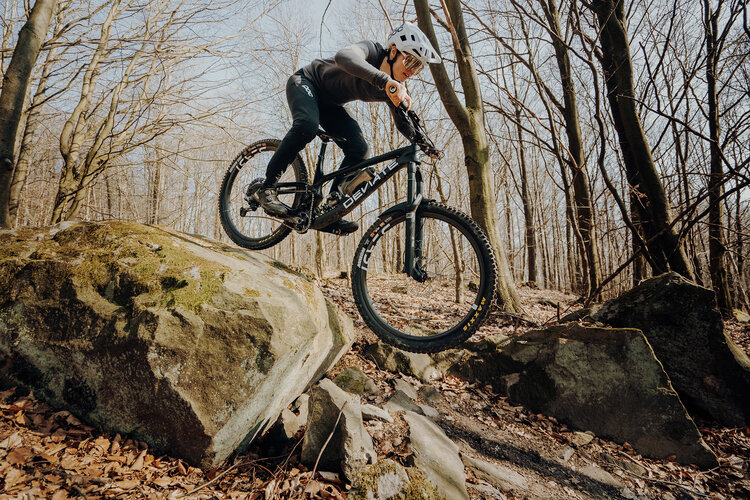
The spring check part 2 – how to check the functions of your bike!
Your bike is cleaned spotless and just waiting for its first ride in the new season? Not so fast! Before you head out, check all functions of your most loyal companion, to make sure, you’ll have good time on the trails and roads.
In conversation with Ambassador Laura and Crossladen mechanic Andreas, we found out what you should pay attention to. Andreas is the owner of the Crossladen. and responsible for keeping the bikes in good condition in the associated team – so he knows exactly what to look out for. As a full-time bicycle mechanic, he tells us what you can do at home and when you should rather let the mechanics do their job. Laura also gives us an insight into what she gives great importance to and how she masters the check-up of her bike.
Safety first – how to check the functionality of your bike
If you are unsure whether you need to change your tires, Andreas has a trick in store: “You can simply google the model of your tire and compare the images displayed with your profile. If your profile is very smooth (except for racing bikes), you should change your tires.” As an experienced MTB rider, Laura also pays attention to whether the studs on her tires are worn and changes the wheels if necessary.
Similar to the suspension elements, the bike professional points out that you should also check the dropper post. This is often forgotten, and it can stay unnoticed while riding. But how can you check that? Andreas explains: “You can lower the saddle while standing and then raise it again. If the seat post extends and you press very lightly against the saddle from below, then it shouldn’t pop up again. If the saddle then goes up, however, it was not properly extended beforehand and should be serviced.” To prevent this, the transition between the two tubes should also be cleaned regularly. The mechanic recommends wiping all suspension elements after every trip to protect the seal and thus also the rear shock and the suspension fork.
Next up on the list: Check the chain and brakes. A chain measuring device, which you can get for around 15-20 € in the bike shop, can help you to check the chain. “With this, you can check your chain regularly and replace it before the wear point – not after!”, says the mechanic.
In order to check the shifting of the gears, get on your bike and push into the pedals and shift through the gear while braking. This will put a lot of pressure on the chain. If it doesn’t “slip through”, then everything is fine, explains Andreas. As soon as the chain can no longer be shifted but “jumps”, the gears are worn out and must be replaced immediately.
With the brake pads, you can check whether there is enough brake paint left. Especially after the winter break, you should bed-in your brakes again, Andreas and MTB enthusiast Laura agree. This works in a similar way to checking the gearshift behavior: “Ride down the hill with the brakes on and pedal hard. This removes the residue from the brakes. But only with disc brakes, not on race bikes with rim brakes”, says the bike technician. If the brakes are worn out, however, he recommends taking the bike to the service center and having the brakes changed.
“You can also tighten the screws yourself – if you know how to do it,” says the bike mechanic. Laura also knows the pitfalls: “If you tighten the screws too tight, they will loosen again and no longer hold. In the worst case, that could lead to an unsafe bike.” And that would be unthinkable in her everyday life as an MTB rider. Therefore, she advises to take enough time tightening the screws or to go to a professional. Andreas adds: “If you don’t have a torque wrench at home or are unsure, you should have it done in the bike shop. Better safe than sorry!”
And how do I know if everything is secure on the bike? Andreas also has a tip for this: “You can get a first impression with the quick check. If you lift up your bike and let it hit the ground from a low height of about 30 cm, then you can hear whether something rattles or clinks.” If this is the case after repeating it several times, then you should take your bike to a bike shop immediately, both agree.
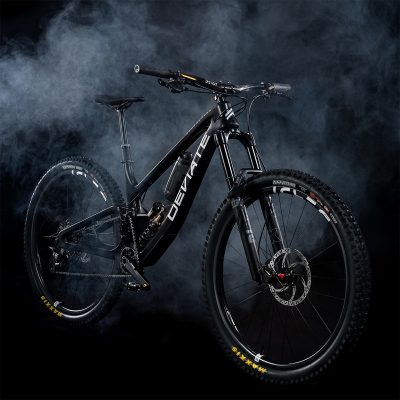
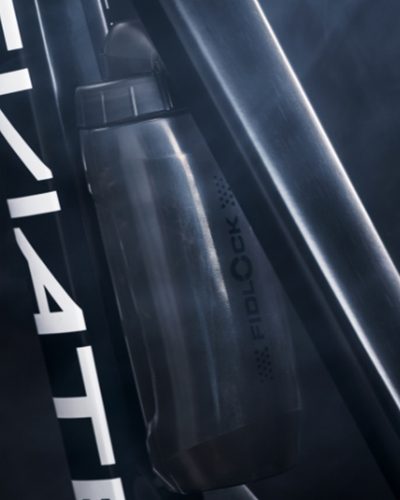
How to – learn how to do it in a “bike workshop”!
“You have never heard of a bike workshop? Here you can learn the basics of everything to do with your bike”, explains bike mechanic Andreas. Such workshops are mainly offered in clubs. Andreas is convinced that joining a club is worthwhile for this reason only. You learn the basics such as controlling the torque, adjusting the gearshift, which screws you should not touch, how to set the brakes correctly, and also how to change tires. “This basic knowledge is important, because if you for example, don’t change the tires properly, they can jump off the rims or burst”, explains Andreas. He recommends: “You can check the tube change by starting at the valve and pushing the tire into the middle. If no tube can then be seen, then the tire can be inflated safely. Otherwise, the hose should be pushed back and forth until it can no longer be seen.”
When you should take your bike to a professional
However, one thing applies to all checks – if you are unsure, take your two-wheeler to the bike mechanic rather than try it yourself! Based on his own experience, Andreas told us: “Sometimes, people mean well and try fixing things themselves. But it can end up worse and a few minutes can quickly turn into an hour of work. So you can make things worse very quickly, even if you have had good intentions. Therefore: stay away from the bike if you are not 100% sure.”
But what does a professional do then and what should you watch out for? Andreas also has tips for this: “It is best to have regular inspections. But there are differences. Some inspections include a spoke tension check, others do not include it. It is important to ask explicitly and also to make use of it. During a spring inspection in the bike shop, the torques, gears, and brakes should also be checked. Also, all bearings should be greased. You should make sure that ALL bearings are actually greased and serviced. It is important to be attentive here – a bearings service is not included in the basic inspection. You should ask explicitly for this.”
Andreas recommends the greasing of the bearings to very experienced bikers only, as this is the linchpin of the bike and requires special tools. MTB ambassador Laura greases her bearings herself, she told us. She makes sure that she only runs them for one season. Then the bearings can rust, especially if the bike is washed regularly. Laura and Andreas both agree that a suspension fork damper service is absolutely necessary for a mountain bike. The most important functions are checked here before the new season begins.
Now you know the tips and tricks from our professionals! So grab a bucket of water and get on your bike. We wish you a good start to the new bike season!
Your FIDLOCK Bike Team
*Note: All pictures were provided by Hanna Retz and Laura Zeitschel.








